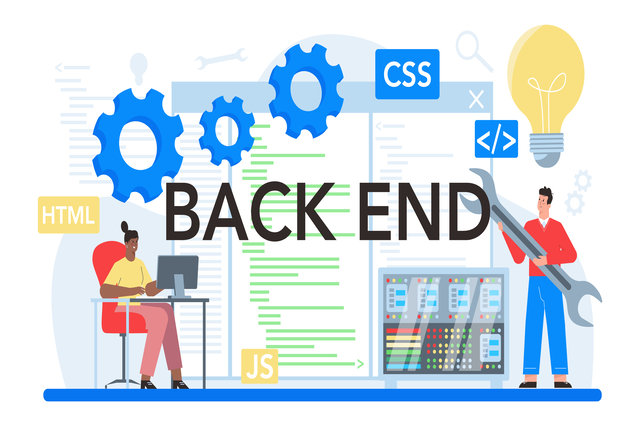Rise by Six: Your Daily Dose of Inspiration
Explore insights and stories that elevate your day.
Behind the Curtain: Secrets Every Back-End Developer Should Know
Unlock hidden gems of back-end development! Discover the secrets that can elevate your coding skills and career to new heights.
Essential Tools Every Back-End Developer Should Master
In the dynamic world of web development, back-end developers play a crucial role in creating the server-side logic that powers applications. To excel in this field, mastering essential tools is non-negotiable. A strong foundation in programming languages such as Python, Ruby, or Java is vital, as these languages provide the necessary framework for developing robust APIs. Additionally, developers should be proficient in using version control systems like Git, enabling effective collaboration and code management. Being familiar with databases—particularly SQL and NoSQL solutions like MongoDB—is also fundamental for data storage and retrieval.
Another key aspect of a successful back-end development toolkit is understanding frameworks such as Django for Python, Ruby on Rails for Ruby, or Spring for Java. These frameworks provide a structured environment for building applications efficiently. Moreover, knowledge of containerization tools like Docker allows developers to create consistent development environments, enhancing deployment processes. Lastly, API management tools and monitoring software like Postman and New Relic are critical for testing and maintaining the health of applications, ensuring a seamless user experience. Mastering these tools will empower back-end developers to build scalable and maintainable applications.

Common Back-End Pitfalls and How to Avoid Them
When developing a website, common back-end pitfalls can hinder performance and user experience. One major issue is poor database design, which can lead to slow queries and increased load times. To avoid this, ensure your database is normalized and that you are using appropriate indexes. Additionally, improper error handling can expose sensitive information to users. Implementing comprehensive logging without revealing critical details will help mitigate this risk.
Another frequent mistake involves insufficient security measures, such as failing to validate user input. This can open the door to injection attacks and data breaches. Always sanitize and validate data before processing it. Furthermore, neglecting scalability can result in crashes during high traffic, so plan your architecture to handle growth proactively. By addressing these common back-end pitfalls, you can build a robust and secure application that stands the test of time.
How to Optimize Your API for Maximum Performance
Optimizing your API for maximum performance involves several key strategies. Firstly, ensure that your API endpoints are designed to minimize latency. This can be achieved by using efficient data formats like JSON and avoiding unnecessary data in responses. You should also implement caching strategies to store frequently accessed data. For example, employing HTTP caching headers can significantly reduce the response times for repeat requests.
Another crucial aspect is to monitor and analyze your API performance regularly. Utilize API analytics tools to track metrics such as response time, error rates, and request patterns. By doing so, you can identify bottlenecks and optimize your code or server resources accordingly. Additionally, consider implementing load balancing to distribute traffic evenly across servers, which ensures that no single server is overwhelmed, thereby enhancing overall system performance.